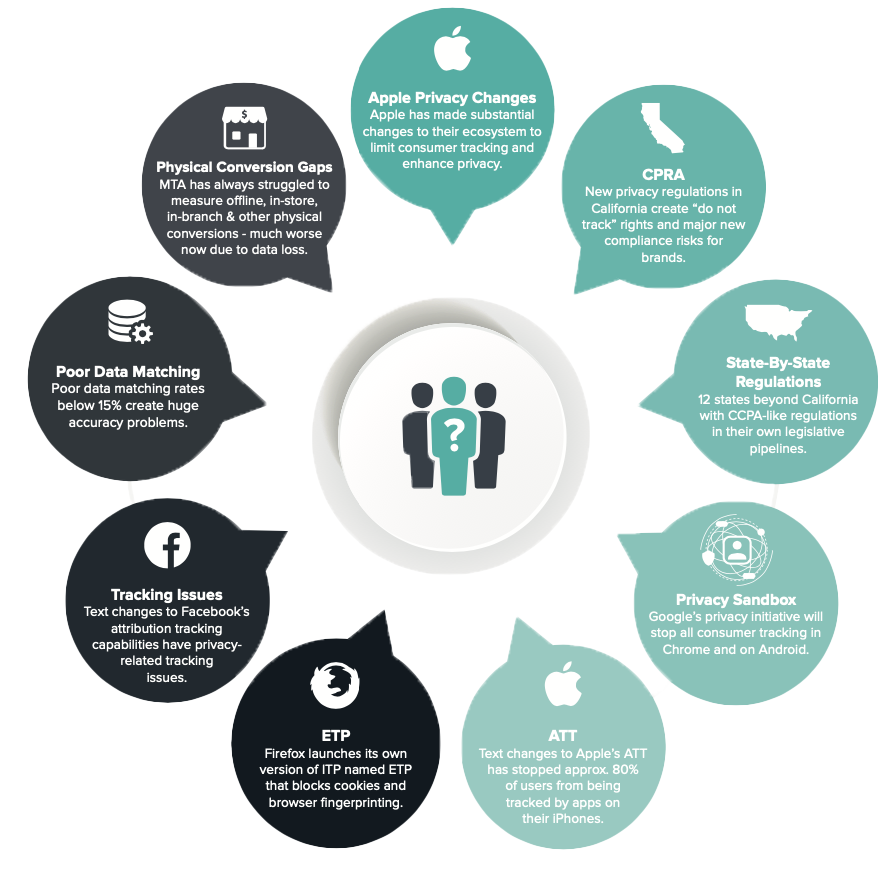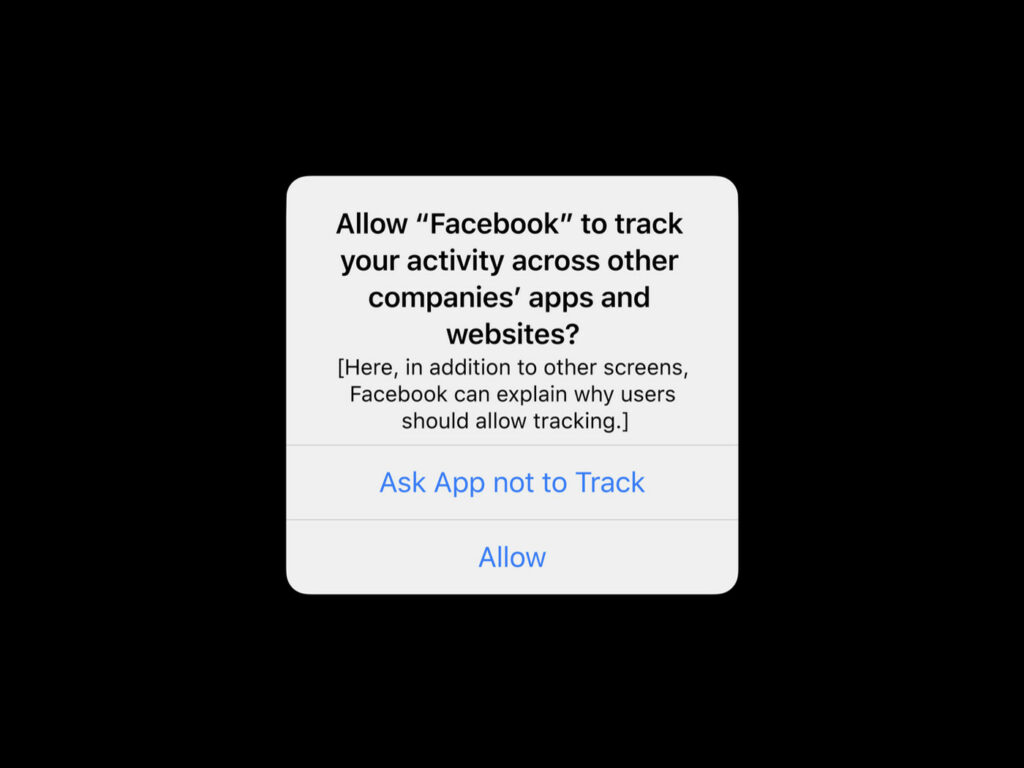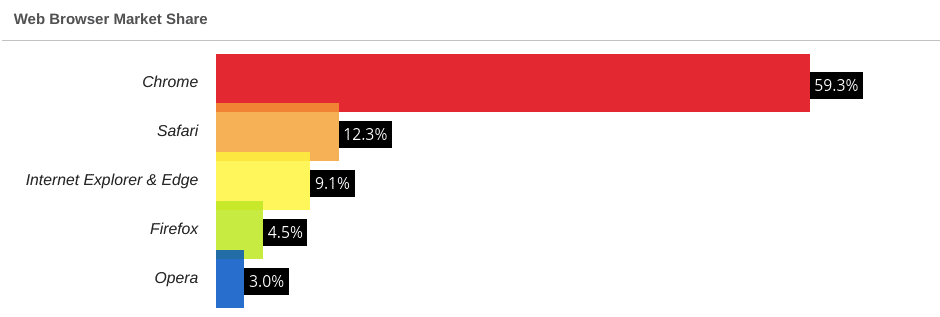Multi-Touch Attribution is Dead
09/07/2023
Author: Matt Voda, CEO of OptiMine
Multi-Touch Attribution (MTA) is the method of attempting to measure the effectiveness of marketing campaigns by tracking users across devices and ads using their identities and clicks to determine which ads “caused” the customer to make a purchase (or complete the desired action). This method of measurement was never very accurate or reliable to begin with – and is now under significant privacy pressure. MTA is no longer a viable method of marketing measurement, or in other words… Multi-Touch Attribution is Dead.
A Period of Massive Disruption and Change
The marketing ecosystem is now in a period of massive disruption and change (and has been for quite some time). There are several factors stopping MTA measures dead in their tracks:

State-By-State Privacy Regulations
There is a constant stream of new state-by-state consumer privacy regulations, with no signs of slowing down. As of 2024, states including California (CCPA/CPRA), Virginia (VCDPA), Colorado (CPA), Connecticut (CTDPA), and Utah (UCPA) have implemented comprehensive data privacy laws, while several others, such as Texas, Montana, Oregon, and Delaware, have passed legislation set to take effect in 2024 and 2025. Many of these laws grant consumers the right to opt out of tracking, request data deletion, and limit the use of their personal information. This rapidly evolving regulatory landscape introduces new legal and compliance risks for brands that continue to rely on PII and identity-based data in their marketing measurement strategies. To mitigate these risks, brands must prioritize privacy-safe measurement approaches that do not depend on consumer tracking.
Apple’s Privacy Changes

Google’s Privacy Sandbox

Google’s Privacy Sandbox deserves special attention, as its impact extends beyond just the deprecation of third-party cookies in Chrome—now officially delayed until early 2025. While much of the discussion has focused on this phase-out, an equally significant shift is Google’s broader efforts to eliminate consumer identity tracking across Chrome and Android. Features like Tracking Protection, which is already rolling out, block cross-site tracking, while Google Topics replaces individual tracking with a cohort-based approach. These changes should be a wake-up call for marketers, as Chrome holds nearly 65% of the global browser market share, and Android remains the dominant mobile operating system worldwide. With these shifts, brands must move away from identity-based tracking and adopt privacy-centric measurement strategies to maintain effective advertising performance.

Brands must urgently explore new, privacy-safe measurement strategies to stay competitive and protect their marketing investments—especially as Google finalizes the phase-out of third-party cookies in early 2025. With Privacy Sandbox initiatives already reshaping ad tracking and further restrictions on consumer identity data looming, marketers must adapt now to ensure they can effectively measure and optimize campaign performance in a post-cookie world.
Making the Case for Privacy-Safe Measurement
The rise of state-by-state privacy regulations and the continued push for consumer data protection by major tech players like Apple and Google show no signs of slowing down. As these changes accelerate, data loss will only increase, while compliance risks become more complex. If your brand still relies on tracking-based measurement or Multi-Touch Attribution (MTA), now is the time to transition to a privacy-safe solution before it’s too late. By early 2025, with Google’s full deprecation of third-party cookies in Chrome and ongoing restrictions on identity tracking, the traditional consumer tracking ecosystem will be nearly obsolete. Moving to a future-proof measurement strategy that does not depend on individual tracking is no longer optional—it’s essential for sustained marketing success.
OptiMine provides attribution without PII, cookies, or consumer data—making it the only 100% future-proof solution on the market. Ready to learn how OptiMine can guide you on the path forward to privacy-proof measurement? Download our “Multi-Touch Attribution is Dead” eBook and / or contact us today!

